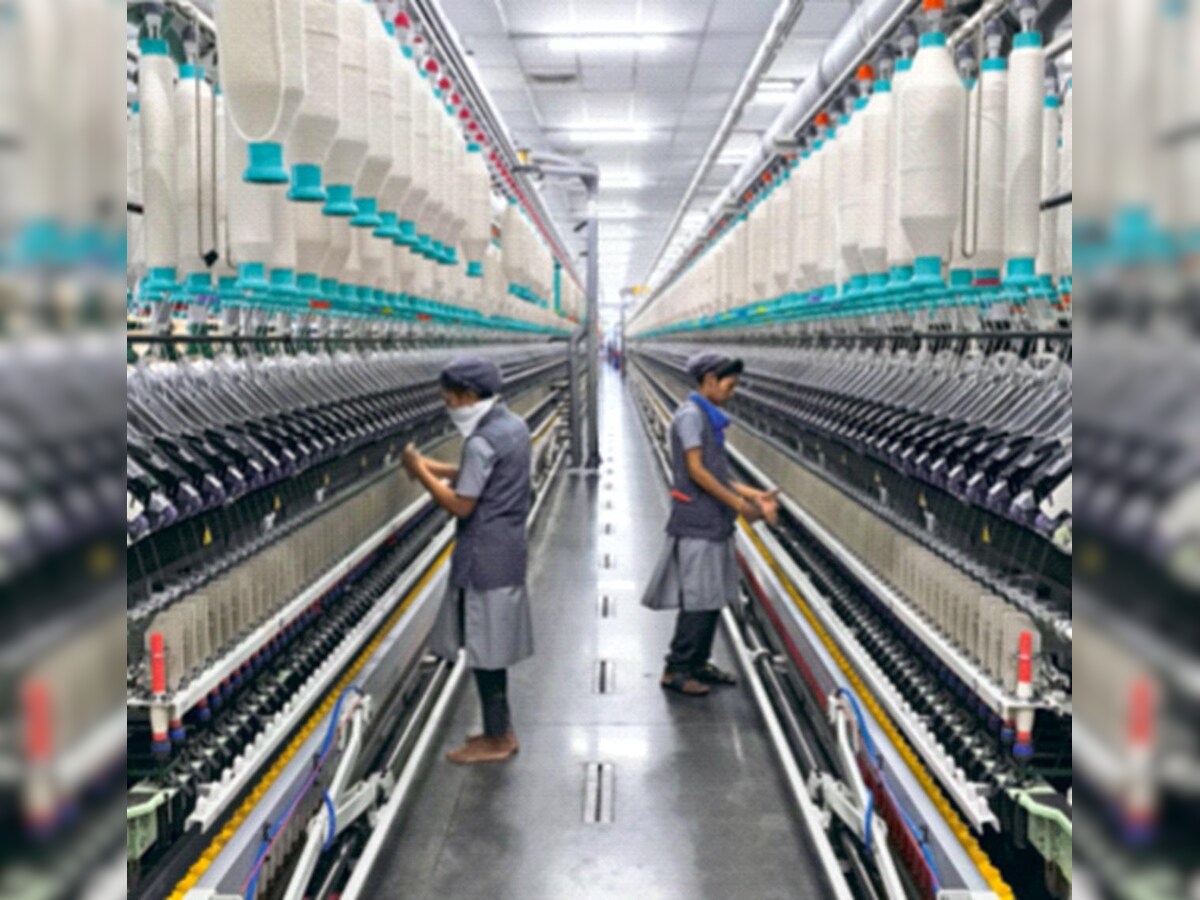 From 2014-2019, EU’s consumption of nonwoven fabrics recorded a relatively flat trend. The market attained maximum consumption level of $7.6 billion in 2018, before declining slightly in 2019. The figure reflects total revenues achieved by producers and importers excluding their logistics and retail marketing costs, and retailers' margins.
From 2014-2019, EU’s consumption of nonwoven fabrics recorded a relatively flat trend. The market attained maximum consumption level of $7.6 billion in 2018, before declining slightly in 2019. The figure reflects total revenues achieved by producers and importers excluding their logistics and retail marketing costs, and retailers' margins.
Germany tops with 21 per cent of global consumption
At 384,000, Germany remained the largest nonwoven fabric consumer in the European Union. The country accounted for 21 per cent of total volume of nonwoven fabrics consumed across the globe its consumption exceeded Poland’s 190,000 which is in second place. With a consumption of 182,000 tons, Italy ranked third in total consumption with a 10 per cent share.
From 2014 to 2019, the average volume of non-woven fabrics consumed by Germany grew at an annual rate of 4.2 per cent. Volume of non-woven fabrics consumed by Poland grew by 3 per cent while that by Italy grew by 8.2 per cent. In value terms, the largest nonwoven fabric consumers in the European Union were Germany with a consumption of $1.8 billion, Italy with $895 million consumption and France with a consumption of $685 million. All four countries accounted for 44 per cent consumption of the total market.
consumed by Poland grew by 3 per cent while that by Italy grew by 8.2 per cent. In value terms, the largest nonwoven fabric consumers in the European Union were Germany with a consumption of $1.8 billion, Italy with $895 million consumption and France with a consumption of $685 million. All four countries accounted for 44 per cent consumption of the total market.
The highest levels of per capita consumption of nonwoven fabric in 2019 was registered in the Czech Republic followed by Belgium, Poland and the Netherlands. The world average per capita consumption of nonwoven fabric was estimated at 3.52 kg per person.
Production increased 3.2 per cent in 2019
Production of nonwoven fabrics increased 3.2 per cent to 1.9 million tons in 2019. Volume of total output increased at an average annual rate of +1.2 per cent over the period from 2014 to 2019. The most prominent growth rate was recorded in 2016 with an increase of 7.2 per cent y-o-y. The total volume of production during the year increased to 2.1 million tons.
The countries that recorded the highest volumes of nonwoven fabric production in 2019 included Germany with production of 517,000 tonne, Italy with production of 367,000 tonne and the Czech Republic with production of 185,000 tonne. All these three countries accounted for 55 per cent of global production. The most notable rate of growth in terms of nonwoven fabric production, from 2014 to 2019, was attained by the Netherlands.
Imports increase for the sixth time
For the sixth year in a row, the European Union’s imports of nonwoven fabrics, increased by 3.8 per cent to 1.4 million tons in 2019. From 2014-2019, the total volume of these imports increased at an average annual rate of +3.4 per cent. However, their value dropped to $5.9 billion in 2019.
Germany, Poland, the UK, France, Italy, Belgium, the Czech Republic, the Netherlands and Spain were the largest importers of nonwoven fabrics in 2019. Together, these countries generated 78 per cent of total imports. From 2014-2019, the biggest increase in import volume was recorded by Romania while imports by other countries experienced modes growth.
In value terms, Germany emerged as the largest market for imported nonwoven fabrics in the European Union. It comprised 19 per cent of total imports. The second position in the ranking was achieved by Poland with a 9.3 per cent share of total imports. It was followed by the UK, with a 8.3 per cent share.
The value of Germany’s nonwoven fabric imports remained relatively stable over the period from 2014-2019. Other importing countries such as Poland and the UK recorded average annual growth rates of 3.4 per cent and -2.8 per cent annually.
Import prices drop by 5.7 per cent
The price of nonwoven fabric imports in 2019 in the European Union dropped by 5.7 per cent to $4,147 per tonne. In all, import prices from 2014-2019 showed a visible decline with the most prominent growth rate of 6 per cent recorded in 2018.
Import prices reached a peak at $4,635 per tonne in 2014; however, from 2015 to 2019, they failed to regain the momentum. The most notable rate of growth from 2014-2019 in terms of prices was attained by the Czech Republic, while the other leaders experienced mixed trends in the import price figures.












